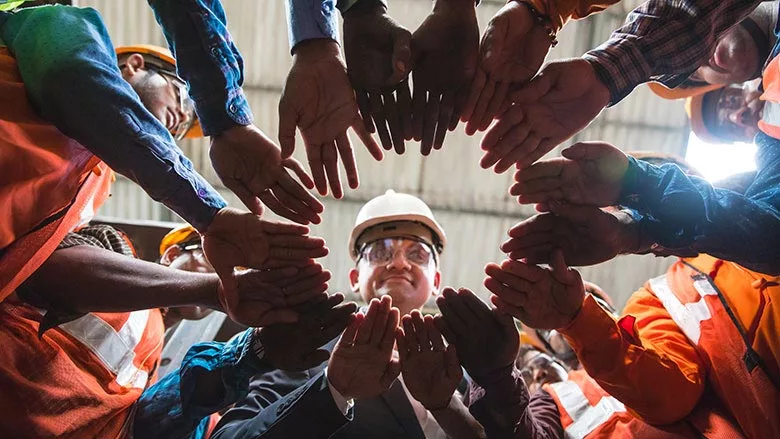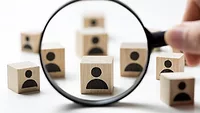The Value of Time for You, Your Drilling Crews
Bring Purpose to Meetings with Employees, Others in Drilling Industry

As leaders, we have the ability — and the responsibility — to make meetings and other interactions as purposeful as possible.
Source: Getty Images
Loyal leaders, fall in! Capt. Fletch calling for another edition of the Leadership Toolbox. Last month, we examined the unavoidable price of leading good people and how to best handle when our people make career moves that work for them. This month, as we find ourselves preparing for my favorite time of year, Groundwater Week in Las Vegas, I would like to look at the value of time.
If you spend any time talking to marketing managers, they always seem to look for ways to arrive at the point quickly and effectively. This is a tool we could all sharpen. How often, if your current role, have you been summoned to a meeting, only to endure another ineffective use of your time? Truthfully, I lost count years ago of the number of meetings in which I felt this way. As leaders, we must truly understand and value each interaction with our people. It needs to count because the time we use cannot be given back.
Whether we teach a class, hold a staff meeting or even want to just meet new people at a convention, we need to evaluate how effectively we use our time. Ask yourself, what do you want to achieve from this interaction? Without this understanding, it usually turns into a winding tangent. Most participants emerge puzzled as to why the interaction began in the first place. Once we understand the purpose of our interaction, we can craft the best way to achieve the desired outcomes.
Whether we teach a class, hold a staff meeting or even want to just meet new people at a convention, we need to evaluate how effectively we use our time. Ask yourself, what do you want to achieve from this interaction?
For instance, let’s say we want to teach a class at Groundwater Week — maybe even on leadership! We must first ask ourselves, what do we want people to know about this topic? My time in the Air Force gave me extensive training on delivering professional briefings. Often the basic structure of our presentations revolved around three main points. I guess the Air Force was a fan of Schoolhouse Rock, because three was always the magic number. We began building presentations by taking the broad topic and examining three key things our audience needed to know. From there we could obviously delve into detail about each, but brevity was always the driving factor.
Different organizational cultures often have many unwritten rules about presentations. Maybe you had drilled into you that bullet points on slides should only be one line — any longer is too much information! I know I did. This is not to say that this is the universal approach. The point is, rather, we knew our audience, what they needed to know and how to best use the time we had to make a meaningful impact on the interaction.
What if we want to simply interact with a new contact at a convention meet and greet? This represents a more impromptu approach to the time value of communication. Imagine yourself in a conversation with someone to whom you’ve just been introduced. The first step? Actively listen and participate in the conversation. Otherwise, what the hell are you doing at a meet and greet? Once the ice is broken, take a second to determine what you hope to achieve in the conversation. Is it simply to socialize? Are you looking for job opportunities? A new employee? A new supplier? It is also important to consider if the other person(s) in the conversation seeks the same outcome as you. There is nothing like finding yourself trapped in a conversation you may not quite want to be in, and then trying to find a way to communicate that politely. There is no checklist to make this determination. It really boils down to paying attention and grasping the feel of the conversation. Assuming everyone is on the same page, try to find one or two things that you can contribute to achieve the desired outcome of the conversation. You might be tempted to keep the fire going, but often the best impressions are like shooting stars: They capture attention and leave people wondering for more.
It is no secret that information and interactions become more rapid by the day. That can make it easy to slip into a transactional mentality when it comes to communication. As leaders, we have the ability to keep up with the pace but still maintain meaningful interactions with people! We just have to remember basic communication facets we learned long ago. As you find yourself bustling through Groundwater Week, I challenge you to have just one meaningful conversation or interaction and really apply yourself! You just might find it was the one tool you were really looking for among the rows of booths! I hope to see you all there!
Until next time, Capt. Fletch over and out.
Looking for a reprint of this article?
From high-res PDFs to custom plaques, order your copy today!





